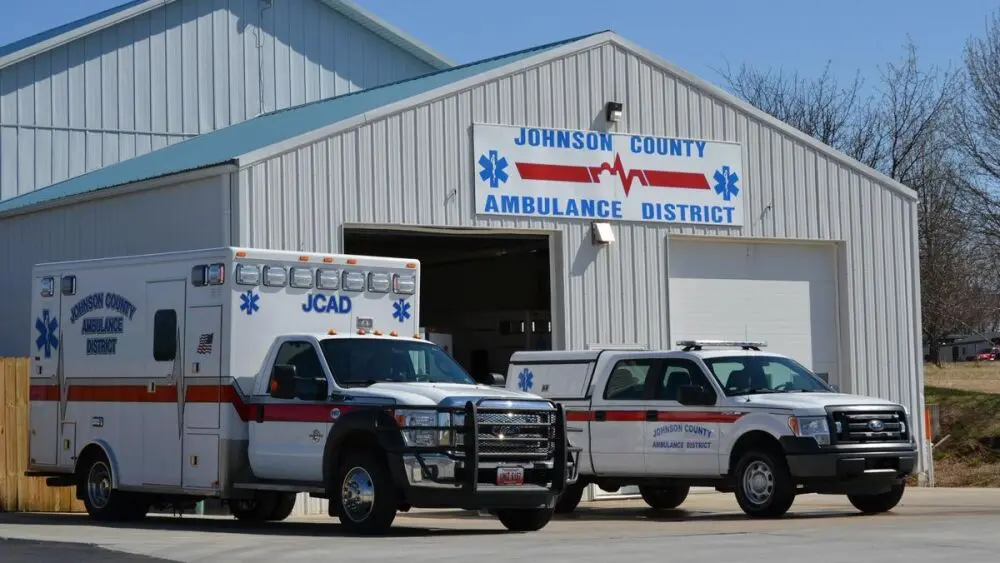At MedTechkits, we believe the most effective EMS training happens when students get hands-on with real-world tools safely and confidently. Whether you’re just starting your EMT program or leading a classroom full of future paramedics, understanding how to use field tools correctly is critical to skill-building and safety.
Here’s what every EMS student and educator should know about using field tools safely in training.
Image source: EMS1. (2024). Ambulance vehicle involved in incident. EMS1.
1. Know What Each Tool Is and Isn’t For
Before using any field tool, it’s essential to understand its purpose. From trauma shears and BP cuffs to airway kits and tourniquets, every item in your kit is designed for a specific function. Misusing a tool, even in training, can lead to confusion, bad habits, or even injury.
Tip: Take time to review each item in your MedTech Kit. Use our digital resource library or consult your program instructor for walkthroughs on proper use.
2. Simulate Real-World Use with Control
The best EMS programs use controlled simulations to mimic real emergencies. But training doesn’t need to be chaotic to be effective. Structure your scenarios with clear objectives and safe parameters.
Safety best practices: Use non-functional replicas for things like needles or medications Never perform invasive procedures on live volunteers unless explicitly required and supervised.
Always debrief after simulations to discuss safe handling and tool usage
3. Clean and Inspect Equipment Regularly
Just like in the field, your training tools should be cleaned, maintained, and inspected. Damaged or unsanitary equipment doesn’t just affect learning — it creates a safety risk.
What to check for: Cracked plastics or worn elastic on BP cuffs Rust or stickiness on trauma shears Dirt or debris in airway tools Expired simulated medications (yes, even in training)
At MedTech, we only include durable, reusable tools but they still need care.
4. Use PPE at All Times
Gloves, masks, and eye protection aren’t optional in the real world, and they shouldn’t be in training either. Practicing with personal protective equipment (PPE) builds strong habits and ensures you’re comfortable using it when it counts.
5. Respect Your Kit as if It’s the Real Thing
Everything we include in our EMT and Paramedic kits is chosen to prepare you for real scenarios, which means it’s functional, not just demo gear. Treat your equipment with the same care you’d give a live patient’s tools.
That means: Don’t over-tighten tourniquets or BP cuffs on yourself or others. Use airway tools gently, even on mannequins. Avoid using clinical shears or blades on surfaces not intended for them.
Why Safe Training Matters
The goal of EMS training is to build muscle memory, clinical judgment, and confidence. That only happens when the tools you use are trusted, consistent, and safe. At MedTech, we take pride in building kits that reflect the standards of the field without compromising on safety or affordability.
Final Takeaway
Understand your tools Use them in structured simulations Inspect and maintain them Wear PPE during practice Treat training like the real thing
By respecting the gear and the process, you’re not just passing your class you’re building the habits that save lives.
Ready to Train Like a Pro?
Check out our EMT & Paramedic Kits, trusted by over 350 schools nationwide. Built by first responders. Backed by a guarantee.

